Geographic Information Visualization and Sustainable Development of Low-Carbon Rural Slow Tourism under Artificial Intelligence
Abstract
:1. Introduction
2. Related Concepts and Methods
2.1. Overview of the Relevant Theories of AI and DL
2.2. Overview of the Theory of Rural Slow LCT
2.3. Research Methods of AI and Low-Carbon Rural Slow Tourism
2.4. Recommendation Methods of Low-Carbon Rural Slow Tourism Based on AI
2.5. Low-Carbon Rural Tourism-Oriented Scenario Recognition Method Based on CMR Data
2.5.1. SASF Algorithm Description
2.5.2. Semantic Expression of Tourism Scenario Attributes
2.5.3. Tourism Scenario Attribute-Oriented Semantic Feature Relation Representation
- (1)
- Likelihood features of scenario attributes
- (2)
- Semantic relationship features of scenario attributes
2.5.4. SASF Algorithm Flow
2.5.5. Experimental Design
3. Analysis of Rural Slow LCT Based on AI
3.1. Analysis of Low-Carbon Slow Tourism
3.2. Analysis of Rural Slow LCT
3.3. Analysis of Rural Slow LCT Based on AI
3.4. Tourism Scenario Recognition Effect Based on the SASF Algorithm
3.4.1. Experimental Results and Analysis of the SASF Algorithm on the SUN Dataset
3.4.2. Experimental Results and Analysis of the SASF Algorithm on the SUN Dataset
3.4.3. Discussion
4. Conclusions
Author Contributions
Funding
Institutional Review Board Statement
Informed Consent Statement
Data Availability Statement
Conflicts of Interest
References
- Coroș, M.M.; Privitera, D.; Păunescu, L.M.; Nedelcu, A.; Lupu, C.; Ganușceac, A. Mărginimea Sibiului Tells Its Story: Sustainability, Cultural Heritage and Rural Tourism—A Supply-Side Perspective. Sustainability 2021, 13, 5309. [Google Scholar] [CrossRef]
- Ma, X.; Wang, R.; Dai, M.; Ou, Y. The influence of culture on the sustainable livelihoods of households in rural tourism destinations. J. Sustain. Tour. 2021, 29, 1235–1252. [Google Scholar] [CrossRef]
- Orwat, S.; Arvanitaki, A.; Diller, G.P. Una nueva estrategia para las cardiopatías congénitas del adulto: La inteligencia artificial. Rev. Española Cardiol. 2021, 74, 573–575. [Google Scholar] [CrossRef]
- Yang, J.; Wu, F.; Lai, E.; Liu, M.; Liu, B.; Zhao, Y. Analysis of Visualization Technology of 3D Spatial Geographic Information System. Mob. Inf. Syst. 2021, 2021, 9173281. [Google Scholar] [CrossRef]
- Yuhui, Z.; Mengyao, C.; Yuefen, C.; Zhaoqian, L.; Yao, L.; Kedi, L. An Automatic Recognition Method of Fruits and Vegetables Based on Depthwise Separable Convolution Neural Network. J. Phys. Conf. Ser. 2021, 1871, 012075. [Google Scholar] [CrossRef]
- Zhang, B.; Hong, X.; Liu, Y. Distribution adaptation deep transfer learning method for cross-structure health monitoring using guided waves. Struct. Health Monit. 2022, 21, 853–871. [Google Scholar] [CrossRef]
- Moghadam, S.V.; Sharafati, A.; Feizi, H.; Marjaie, S.M.S.; Asadollah, S.B.H.S.; Motta, D. An efficient strategy for predicting river dissolved oxygen concentration: Application of deep recurrent neural network model. Environ. Monit. Assess. 2021, 193, 798. [Google Scholar] [CrossRef]
- Che, C.; Wang, H.; Ni, X.; Lin, R. Hybrid multimodal fusion with deep learning for rolling bearing fault diagnosis. Measurement 2020, 173, 108655. [Google Scholar] [CrossRef]
- Nasralla, M.M. Sustainable virtual reality patient rehabilitation systems with IoT sensors using virtual smart cities. Sustainability 2021, 13, 4716. [Google Scholar] [CrossRef]
- Chen, Y.; Chen, K.; Liu, M. Research Progress and Hotspot Analysis of Residential Carbon Emissions Based on CiteSpace Software. Int. J. Environ. Res. Public Health 2023, 20, 1706. [Google Scholar] [CrossRef]
- Dai, X.; Chen, Y.; Zhang, C.; He, Y.; Li, J. Technological Revolution in the Field: Green Development of Chinese Agriculture Driven by Digital Information Technology (DIT). Agriculture 2023, 13, 199. [Google Scholar] [CrossRef]
- Yang, Y.L.; Guo, Y.Y.; Luo, S.Q. Consumers’ Intention and Cognition for Low-Carbon Behavior: A Case Study of Hangzhou in China. Nutrients 2020, 13, 5830. [Google Scholar] [CrossRef]
- Che, C.; Koo, B.; Wang, J.; Ariza-Montes, A.; Vega-Muñoz, A.; Han, H. Promoting Rural Tourism in Inner Mongolia: Attributes, Satisfaction, and Behaviors among Sustainable Tourists. Int. J. Environ. Res. Public Health 2021, 18, 3788. [Google Scholar] [CrossRef] [PubMed]
- Yang, M.; Chen, H.; Long, R.; Hou, C. Overview, Evolution and Thematic Analysis of China’s Green Consumption Policies: A Quantitative Analysis Based on Policy Texts. Sustainability 2020, 12, 8411. [Google Scholar] [CrossRef]
- Juschten, M.; Hössinger, R. Out of the city—But how and where? A mode-destination choice model for urban–rural tourism trips in Austria. Curr. Issues Tour. 2021, 24, 1465–1481. [Google Scholar] [CrossRef]
- Zheng, M.Y.; Chen, C.C.; Lin, H.H.; Tseng, C.H.; Hsu, C.H. Research on the Impact of Popular Tourism Program Involvement on Rural Tourism Image, Familiarity, Motivation and Willingness. Sustainability 2021, 13, 4906. [Google Scholar] [CrossRef]
- López-Sanz, J.M.; Penelas-Leguía, A.; Gutiérrez-Rodríguez, P.; Cuesta-Valiño, P. Sustainable Development and Consumer Behavior in Rural Tourism—The Importance of Image and Loyalty for Host Communities. Sustainability 2021, 13, 4763. [Google Scholar] [CrossRef]
- Alomari, M.A.; Heffron, R.J. Utilising law in the transition of the Kingdom of Saudi Arabia to a low-carbon economy. Environ. Innov. Soc. Transit. 2021, 39, 107–118. [Google Scholar] [CrossRef]
- Lin, X.M.; Ho, C.H.; Xia, L.T.; Zhao, R.Y. Sentiment analysis of low-carbon travel APP user comments based on deep learning. Sustain. Energy Technol. Assess. 2021, 44, 101014. [Google Scholar] [CrossRef]
- Baumber, A.; Merson, J.; Lockhart, S.C. Promoting Low-Carbon Tourism through Adaptive Regional Certification. Climate 2021, 9, 15. [Google Scholar] [CrossRef]
- Yang, X.; Wang, Z.J. Intuitionistic Fuzzy Hierarchical Multi-Criteria Decision Making for Evaluating Performances of Low-Carbon Tourism Scenic Spots. Int. J. Environ. Res. Public Health 2020, 17, 6259. [Google Scholar] [CrossRef]
- Zanda, S.; Agata, M.; Sudi, S. Conceptualising slow tourism: A perspective from Latvia. Tour. Recreat. Res. 2020, 45, 337–350. [Google Scholar]
- Therez, B.W.; Lee, T.J.; Li, X.B. Sustainable development for small island tourism: Developing slow tourism in the Caribbean. J. Travel Tour. Mark. 2021, 38, 1–15. [Google Scholar]
- Tirado Ballesteros, J.G.; Hernández Hernández, M. Challenges facing rural tourism management: A supply-based perspective in Castilla-La Mancha (Spain). Tour. Hosp. Res. 2021, 21, 216–228. [Google Scholar] [CrossRef]
- Sun, H.; Xie, X.; Chen, F.F. Spatial Pattern and Influencing Factors of Rural Tourism Model Villages of the “Silk Road Economic Belt”. World Sci. Res. J. 2021, 7, 0015. [Google Scholar]
- Xu, J.; Yang, M.; Hou, C.; Lu, Z.; Liu, D. Distribution of rural tourism development in geographical space: A case study of 323 traditional villages in Shaanxi, China. Eur. J. Remote Sens. 2021, 54 (Suppl. S2), 318–333. [Google Scholar] [CrossRef]
- Li, W.; Zhou, Y.; Zhan, Z.W. Strategies of Landscape Planning in Peri-Urban Rural Tourism: A Comparison between Two Villages in China. Land 2021, 10, 277. [Google Scholar] [CrossRef]
- Nugraha KS, W.; Suryaningsih, I.B.; Cahyanti, I.D. Destination quality, experience involvement And memorable tourism experience: Is it relevant for rural tourism? Manag. Mark. 2021, 16, 69–85. [Google Scholar] [CrossRef]
- Xiong, B.J.; Zhong, X.Y.; He, J.B. On Sustainable Development of Rural Tourism in Jiangxi Province from the Perspective of All-for-one Tourism. IOP Conf. Ser. Earth Environ. Sci. 2021, 651, 032109. [Google Scholar] [CrossRef]
- Shang, W.W.; Qian, G.H.; Chen, N. Tourist experience of slow tourism: From authenticity to place attachment—A mixed-method study based on the case of slow city in China. Asia Pac. J. Tour. Res. 2020, 25, 170–188. [Google Scholar] [CrossRef]
- Weng, G.M.; Pan, Y.; Li, J.P. Study on the Influencing Factors and Acting Path of the Sustainable Development of Rural Tourism Based on EEAM-ISM Model. Sustainability 2021, 13, 5682. [Google Scholar] [CrossRef]
- Nofiyanti, F.; Nasution, D.Z.; Octarina, D.; Pradhipta, R.A. Local Wisdom for Sustainable Rural Tourism: The Case Study of North Tugu Village, West Java Indonesia. E3S Web Conf. 2021, 232, 02031. [Google Scholar] [CrossRef]
- Yin, L.J.; Zhang, N.; Chang, Z.Y. Study on the impact of tourism quality perception on tourists’ environmentally responsible behaviour in rural tourism areas. IOP Conf. Ser. Earth Environ. Sci. 2021, 626, 012015. [Google Scholar] [CrossRef]
- Shen, J.; Francis, R.; Miller, L.; Carriveau, R.; Ting, D.S.; Rodgers, M.; Davis, J.J. Geographic information systems visualization of wind farm operational data to inform maintenance and planning discussions. Wind Eng. 2021, 1, 45. [Google Scholar] [CrossRef]
- Wibowo, N.S.; Selviyanti, E. The development of visualization of the small and medium industry distribution (IKM) using a web-based geographic information system. IOP Conf. Ser. Earth Environ. Sci. 2021, 672, 012083. [Google Scholar] [CrossRef]
- Yang, J.; Ma, H.; Weng, L. Transformation of Rural Space under the Impact of Tourism: The Case of Xiamen, China. Land 2022, 11, 90. [Google Scholar] [CrossRef]
- Li, H.; Qiao, M.; Peng, S. Research on the Recommendation Algorithm of Rural Tourism Routes Based on the Fusion Model of Multiple Data Sources. Discret. Dyn. Nat. Soc. 2022, 22, 78. [Google Scholar] [CrossRef]
- Jingke, Y.U. Development of Mountain Tourism in Central Yunnan in the Context of Rural Revitalization Strategy. Asian Agric. Res. 2021, 13, 5. [Google Scholar]
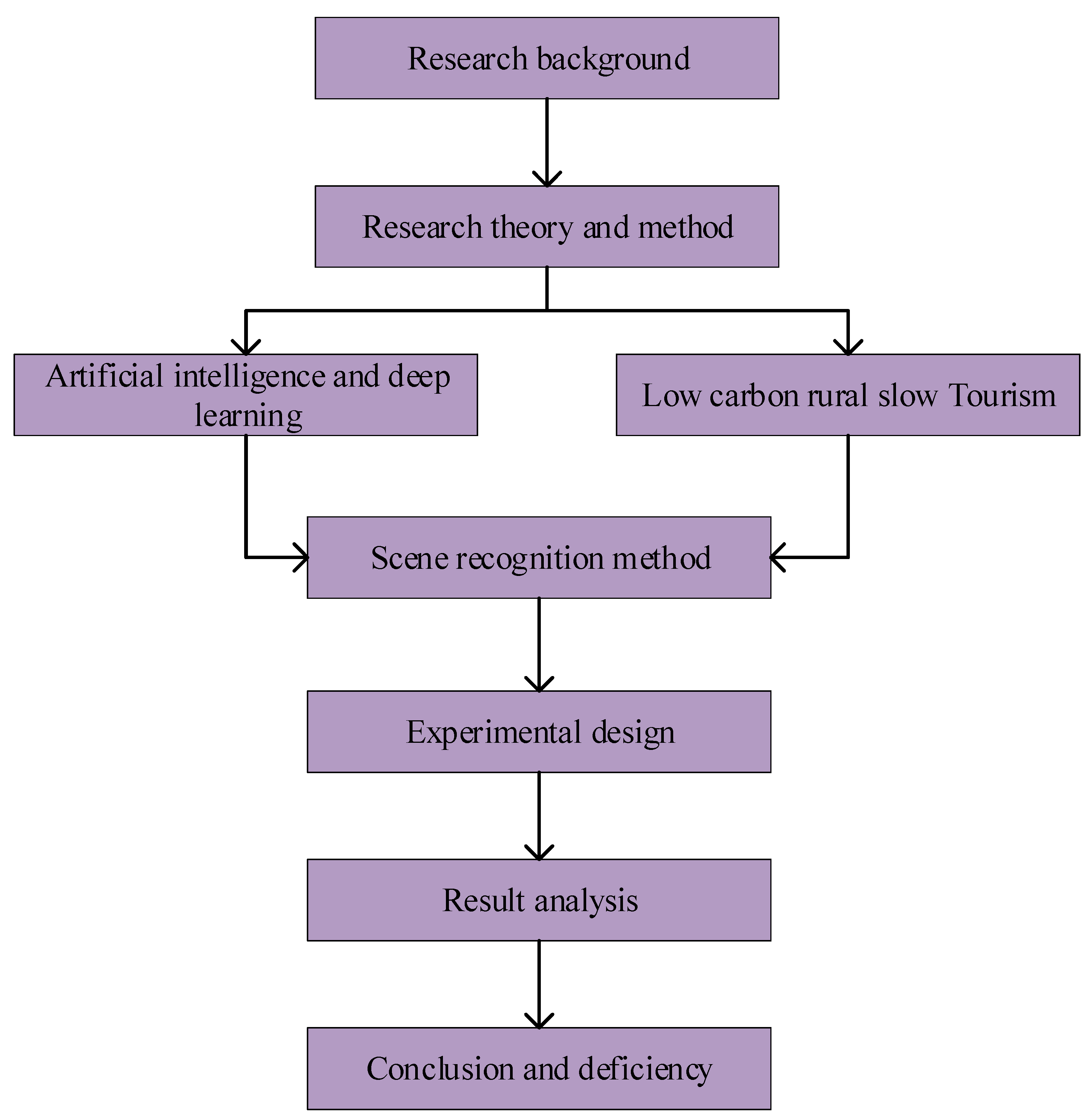
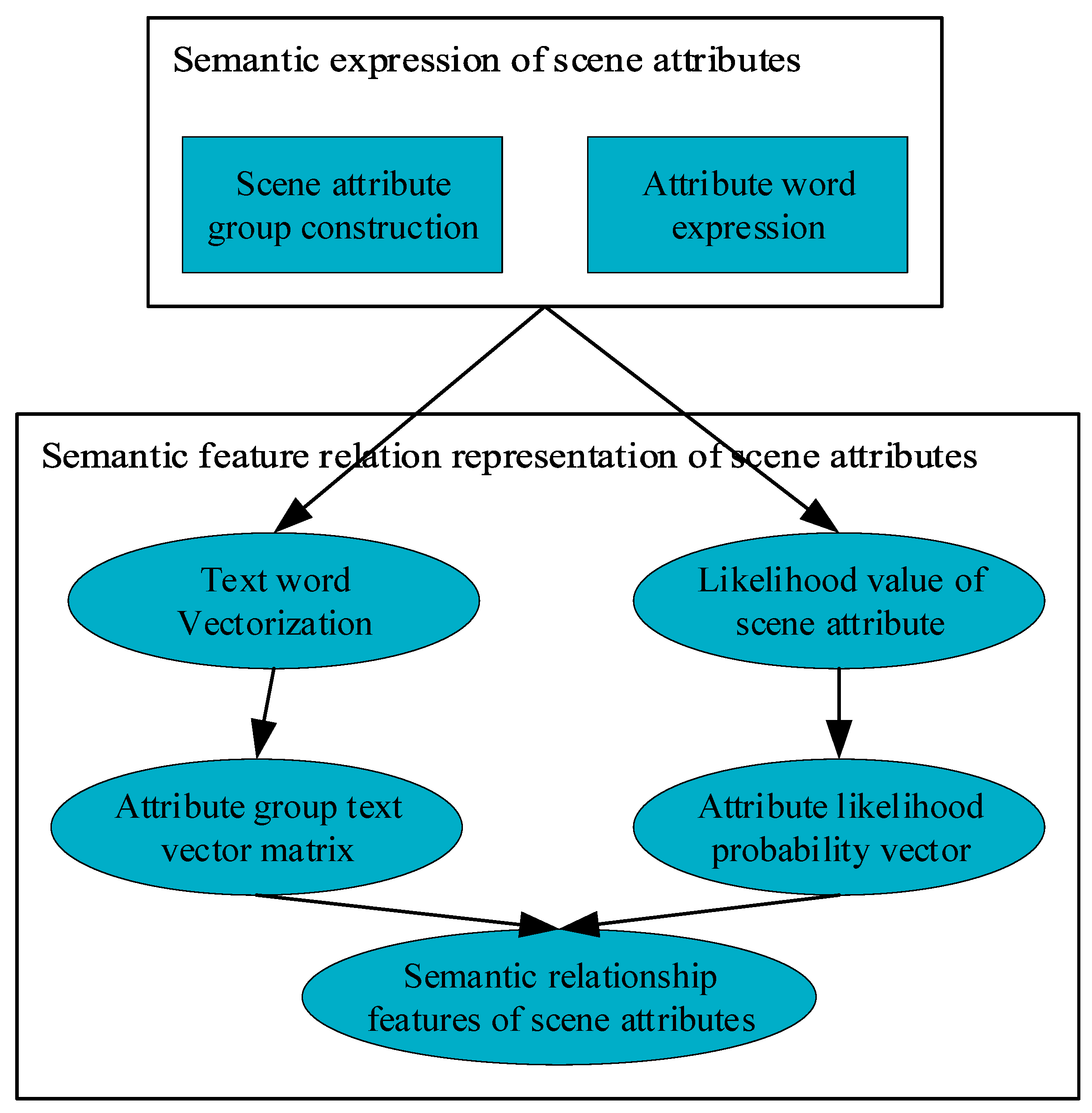
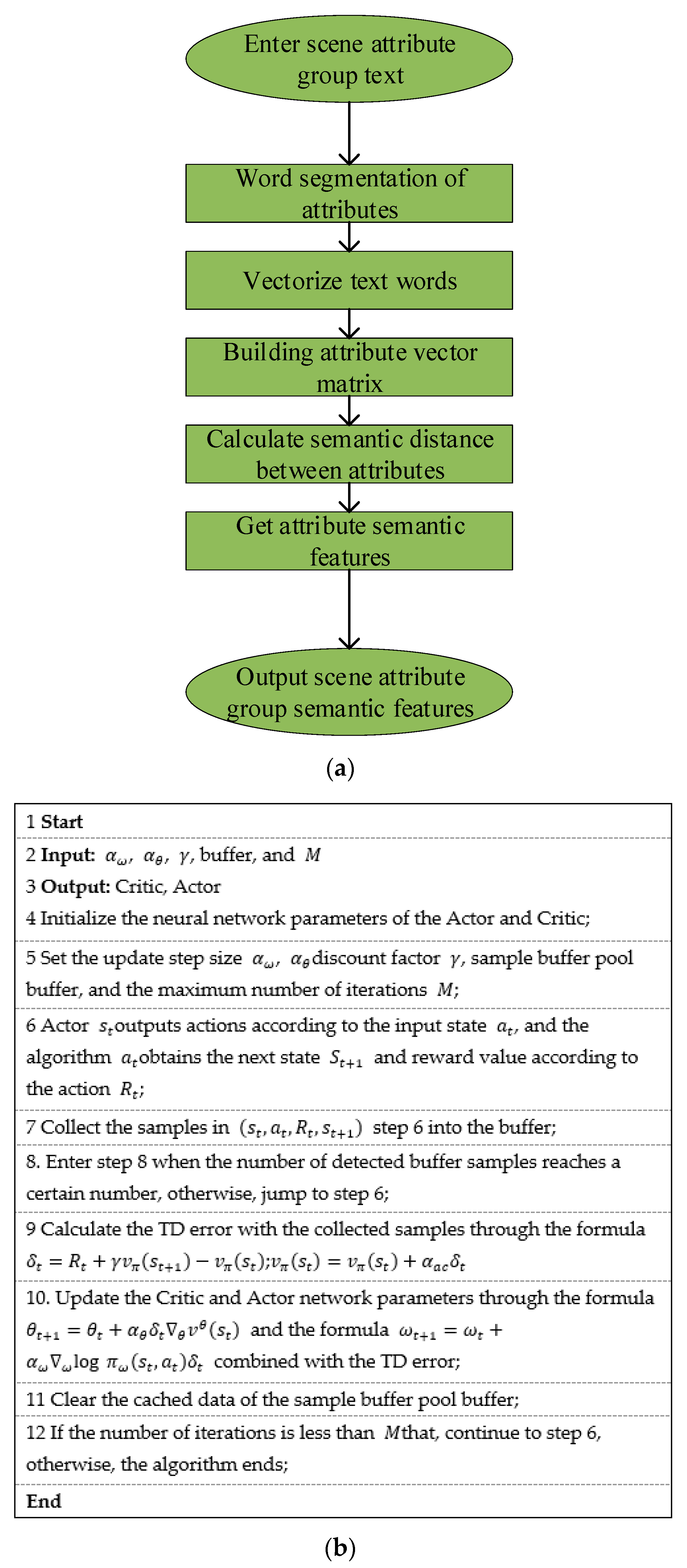

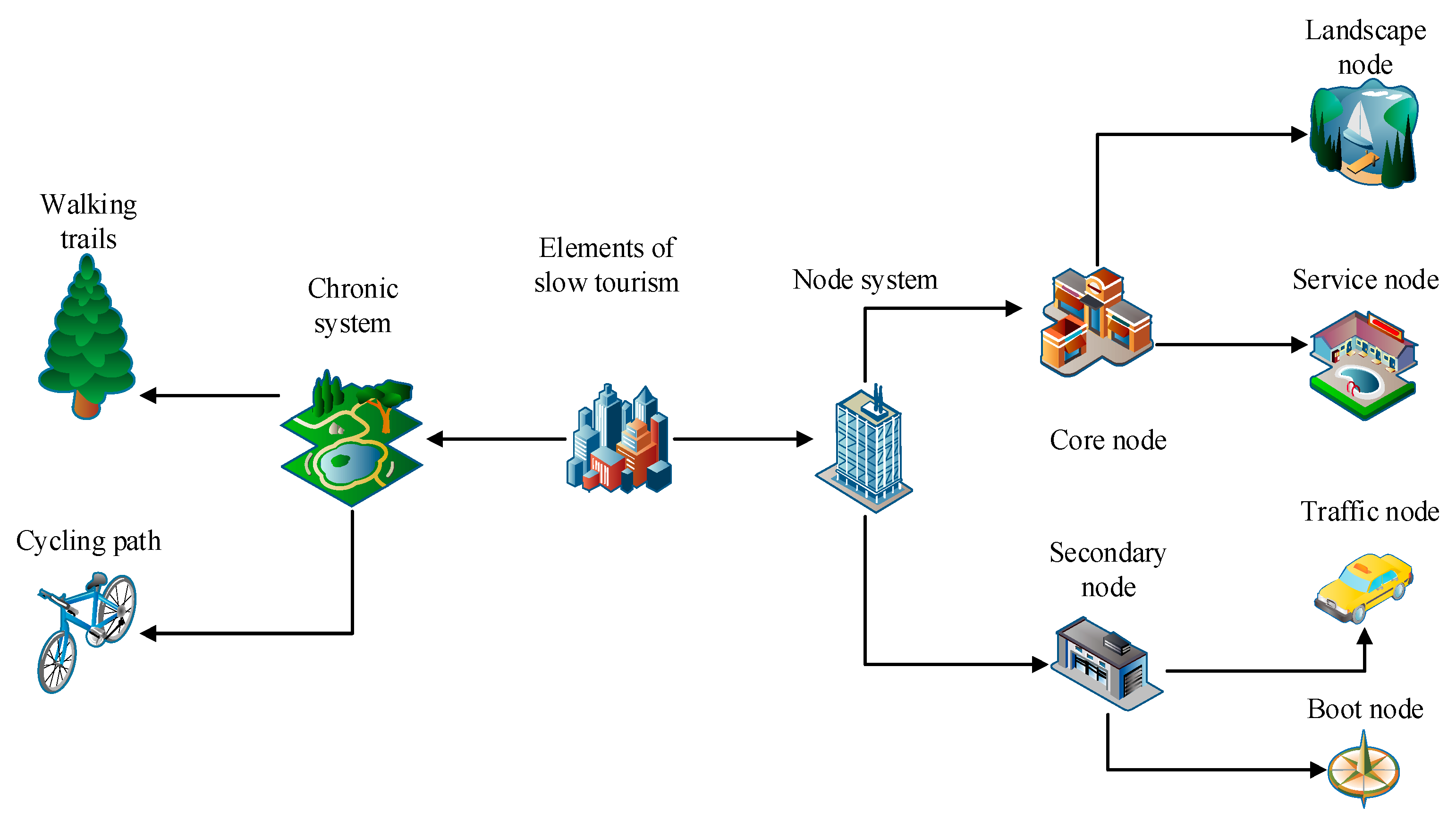
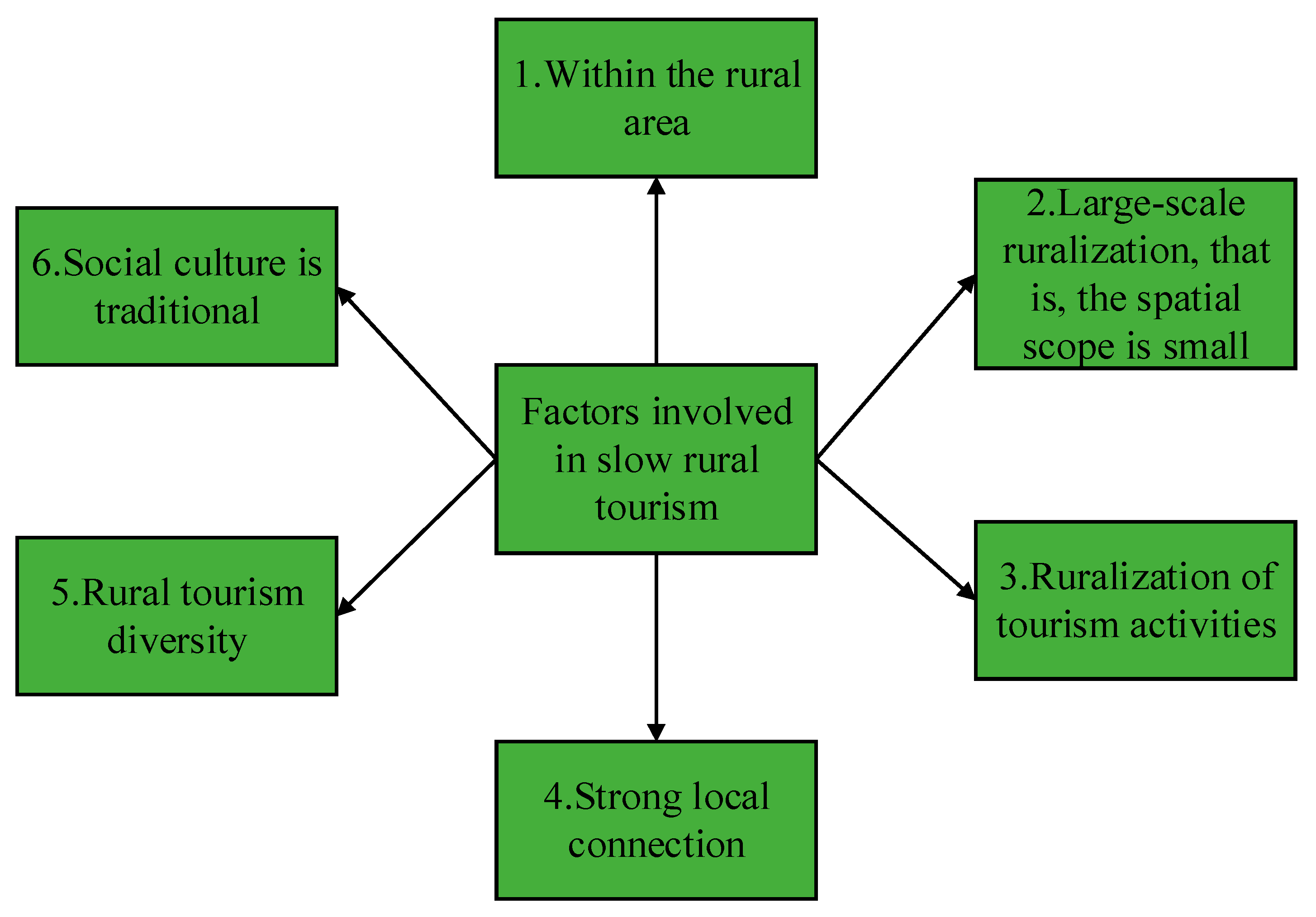
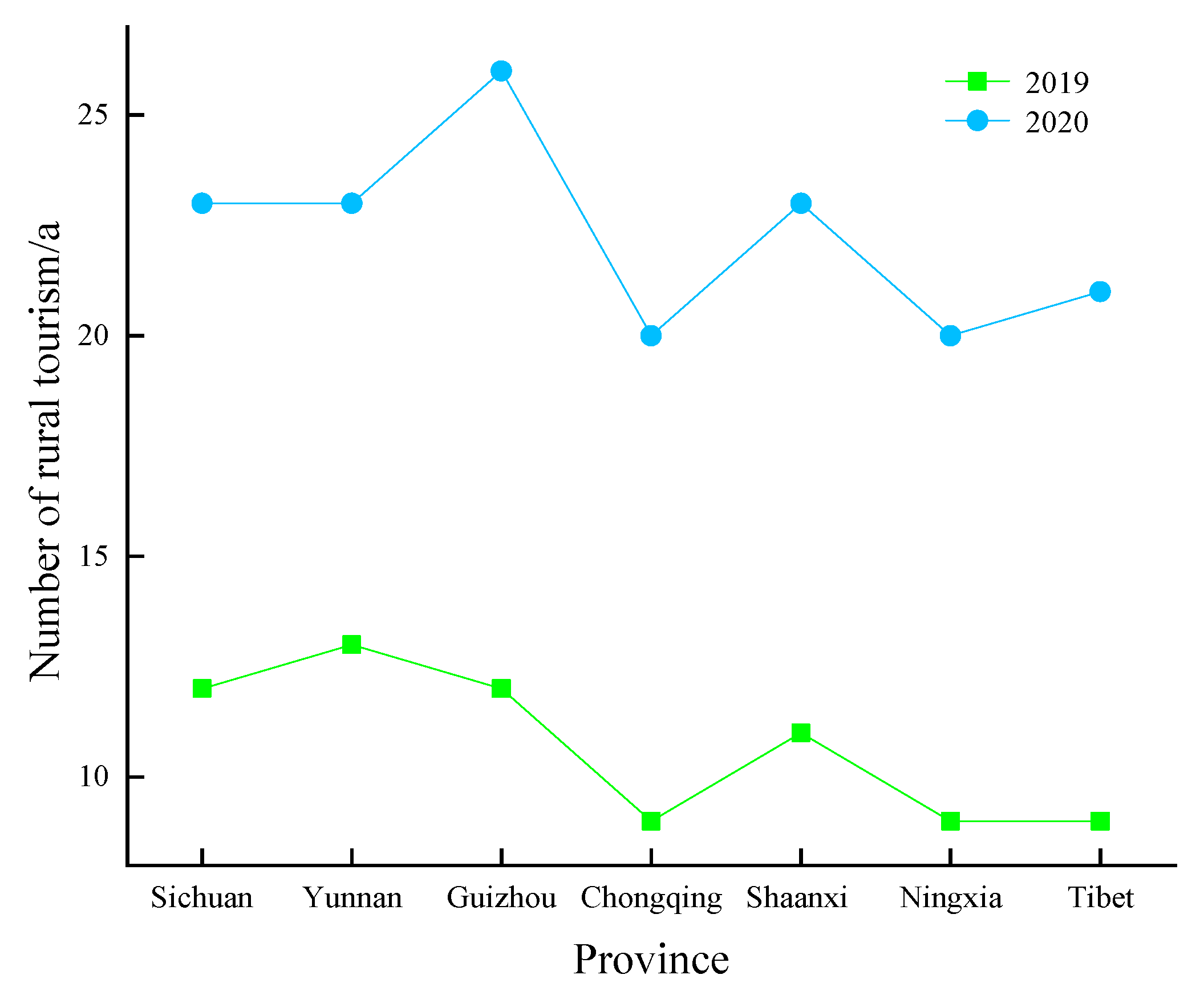
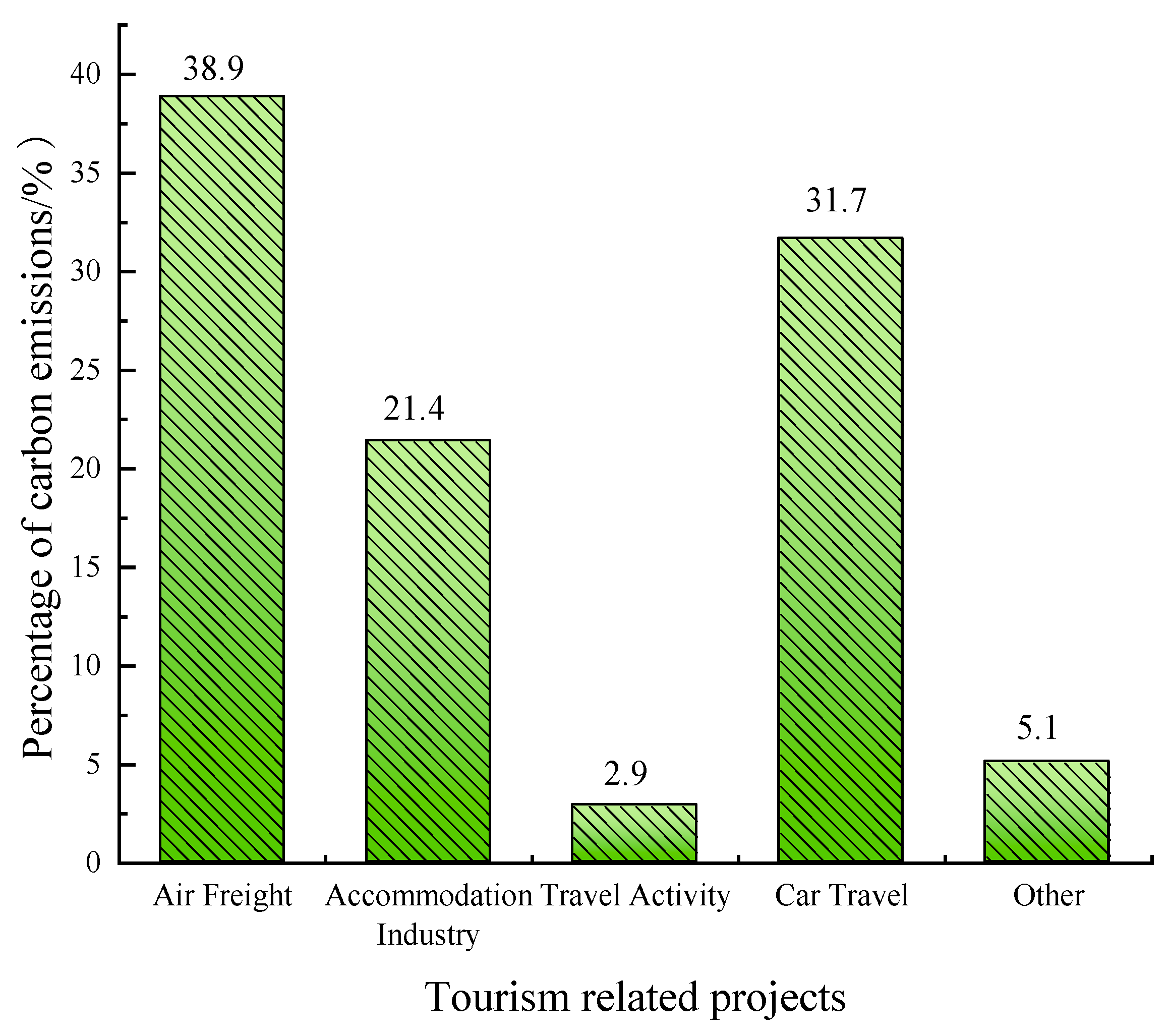
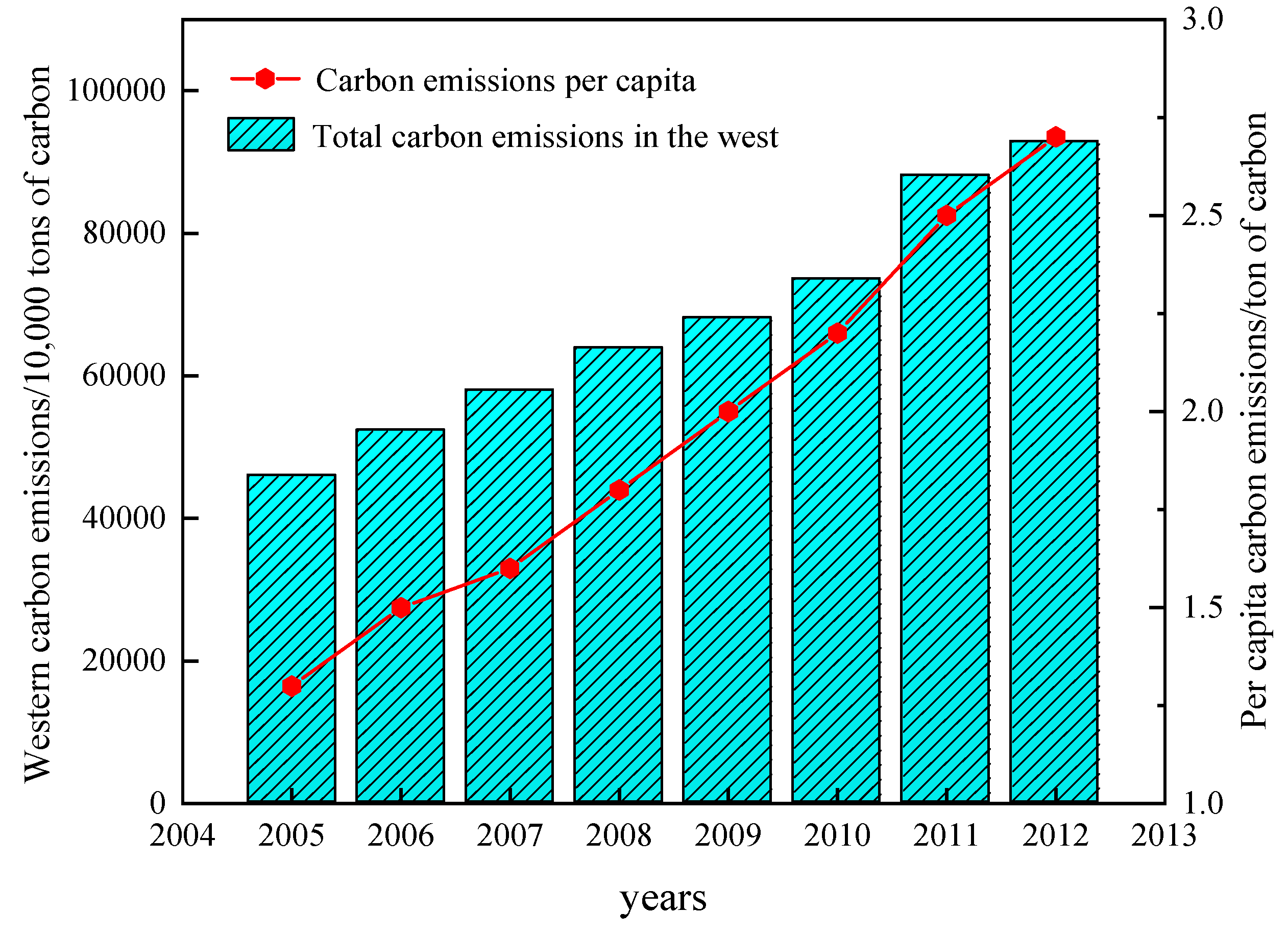
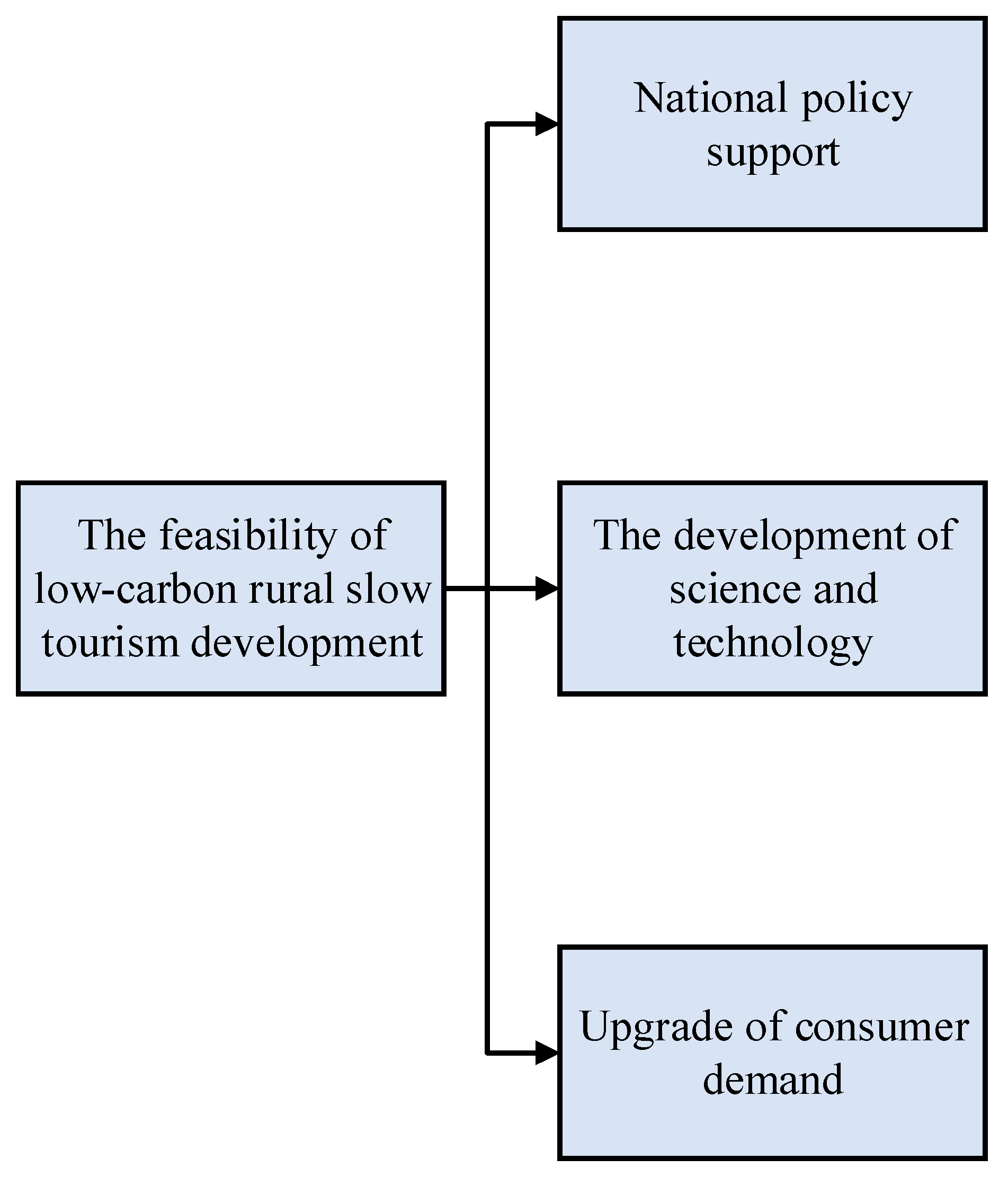
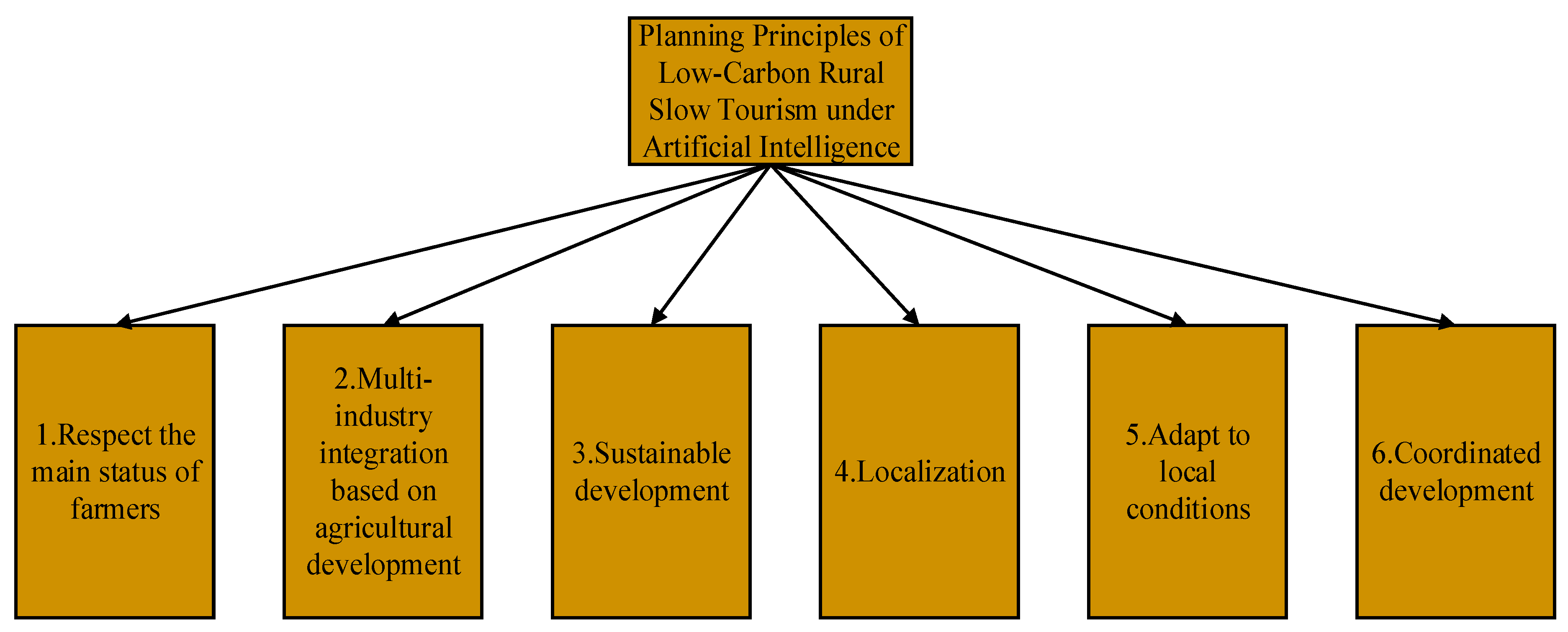
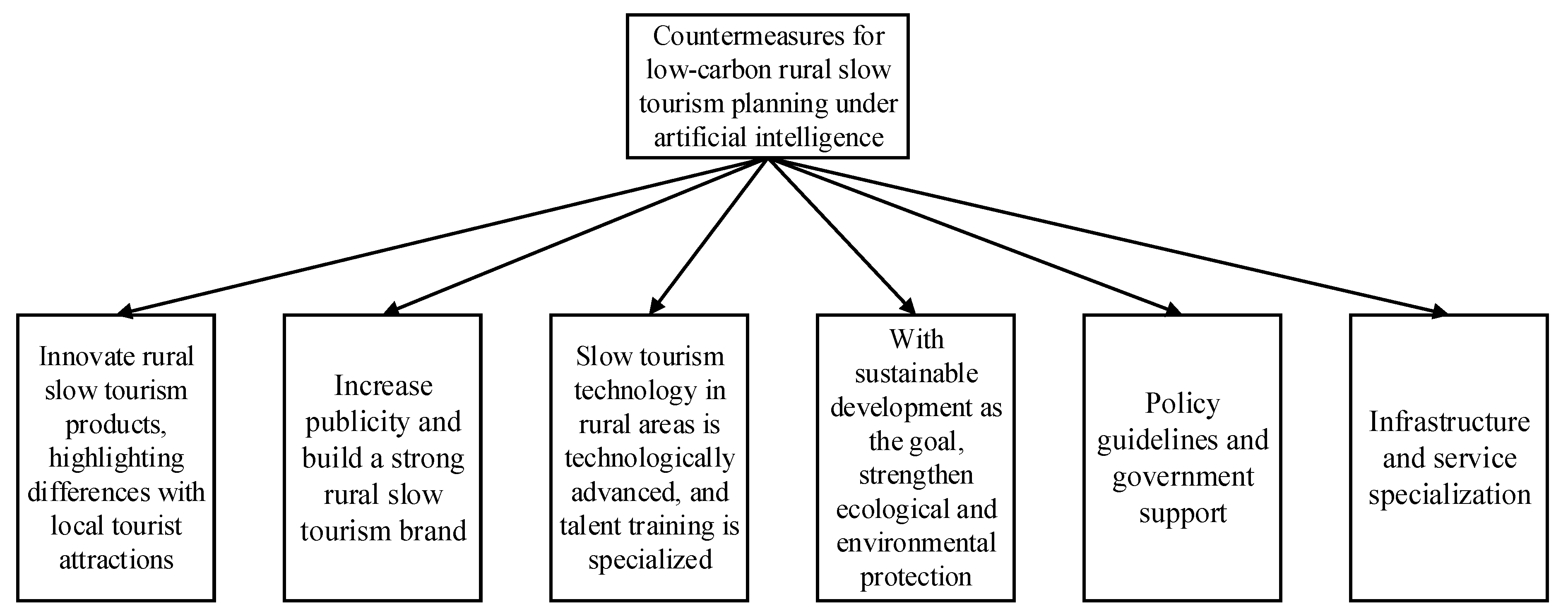
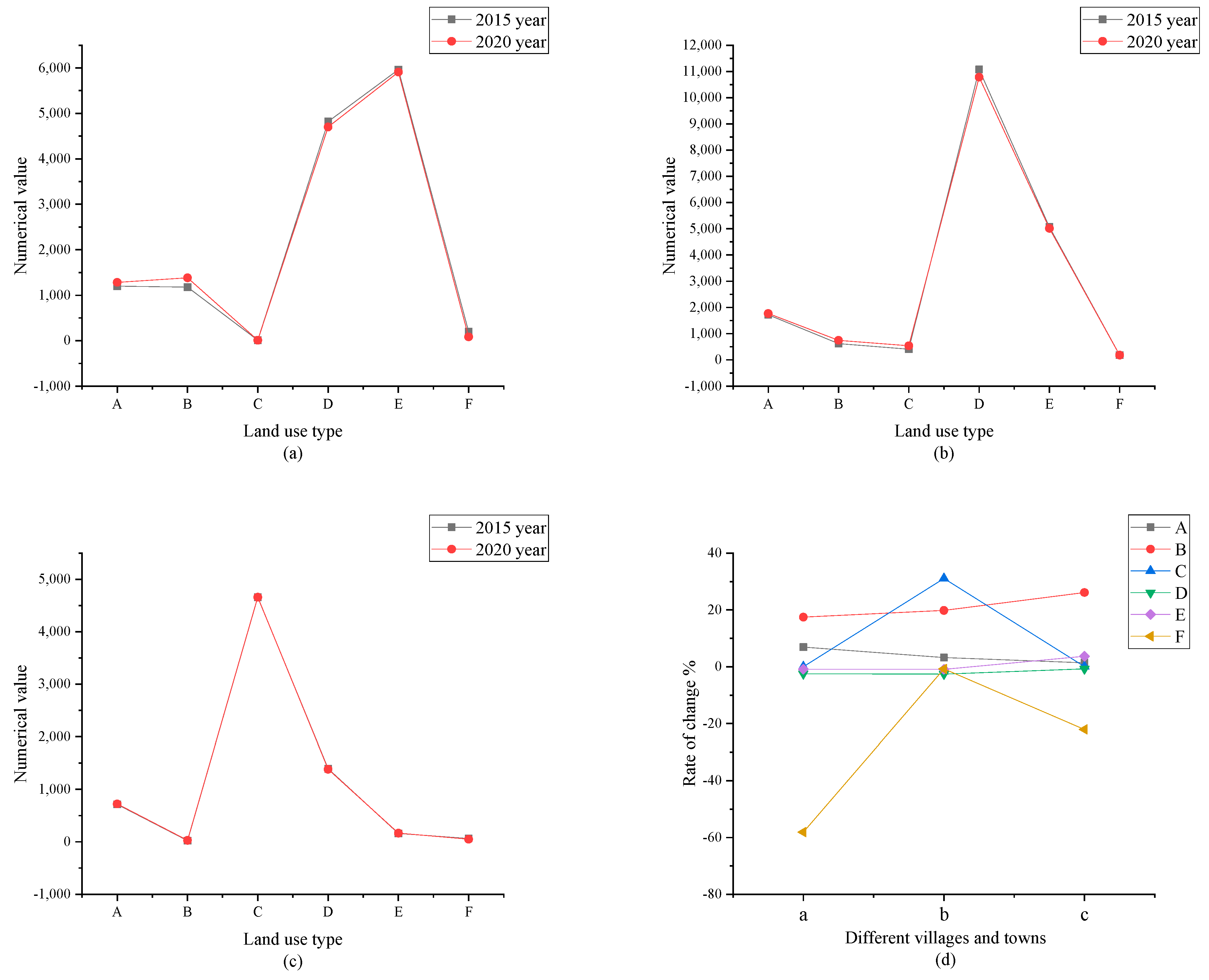
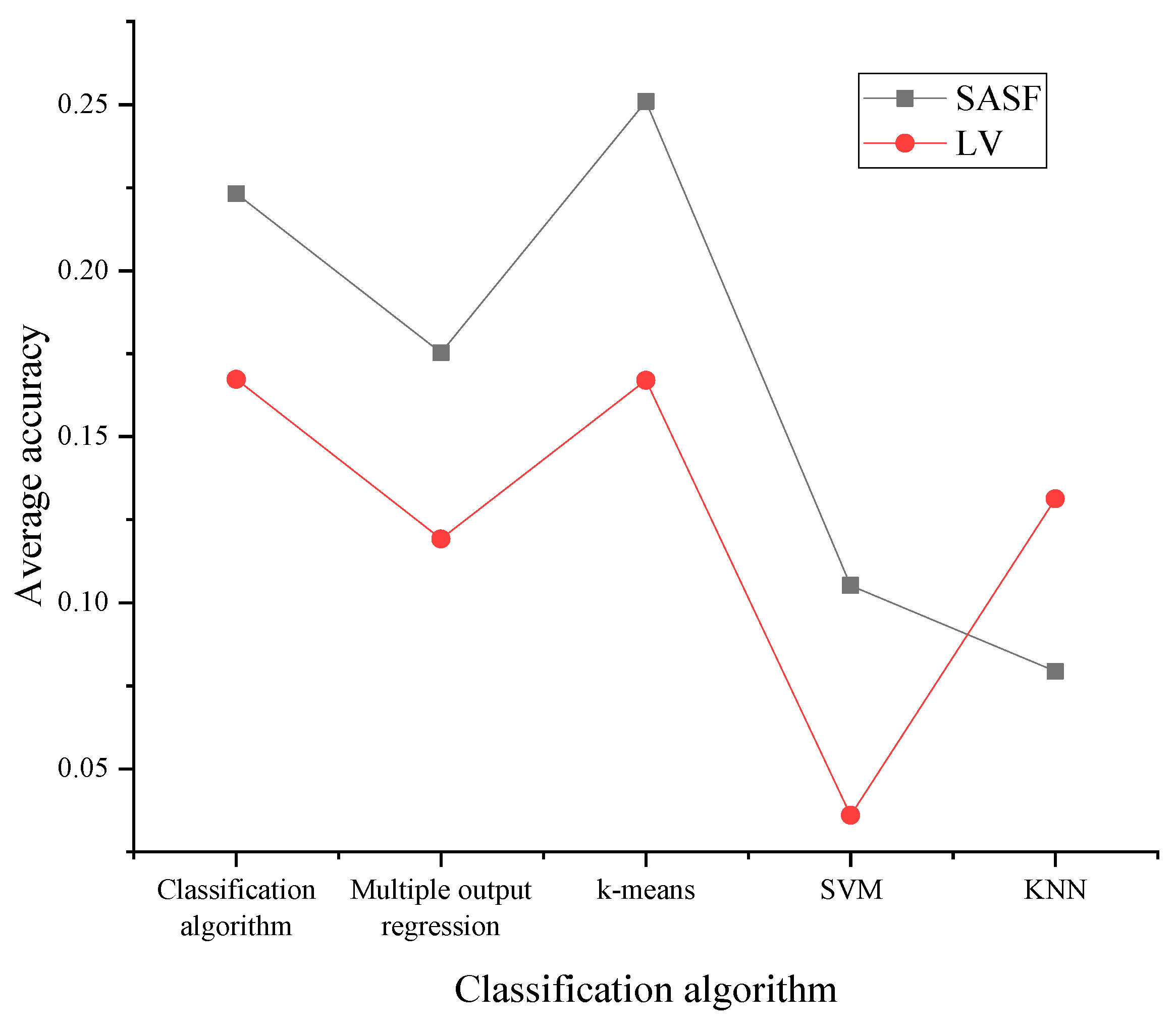

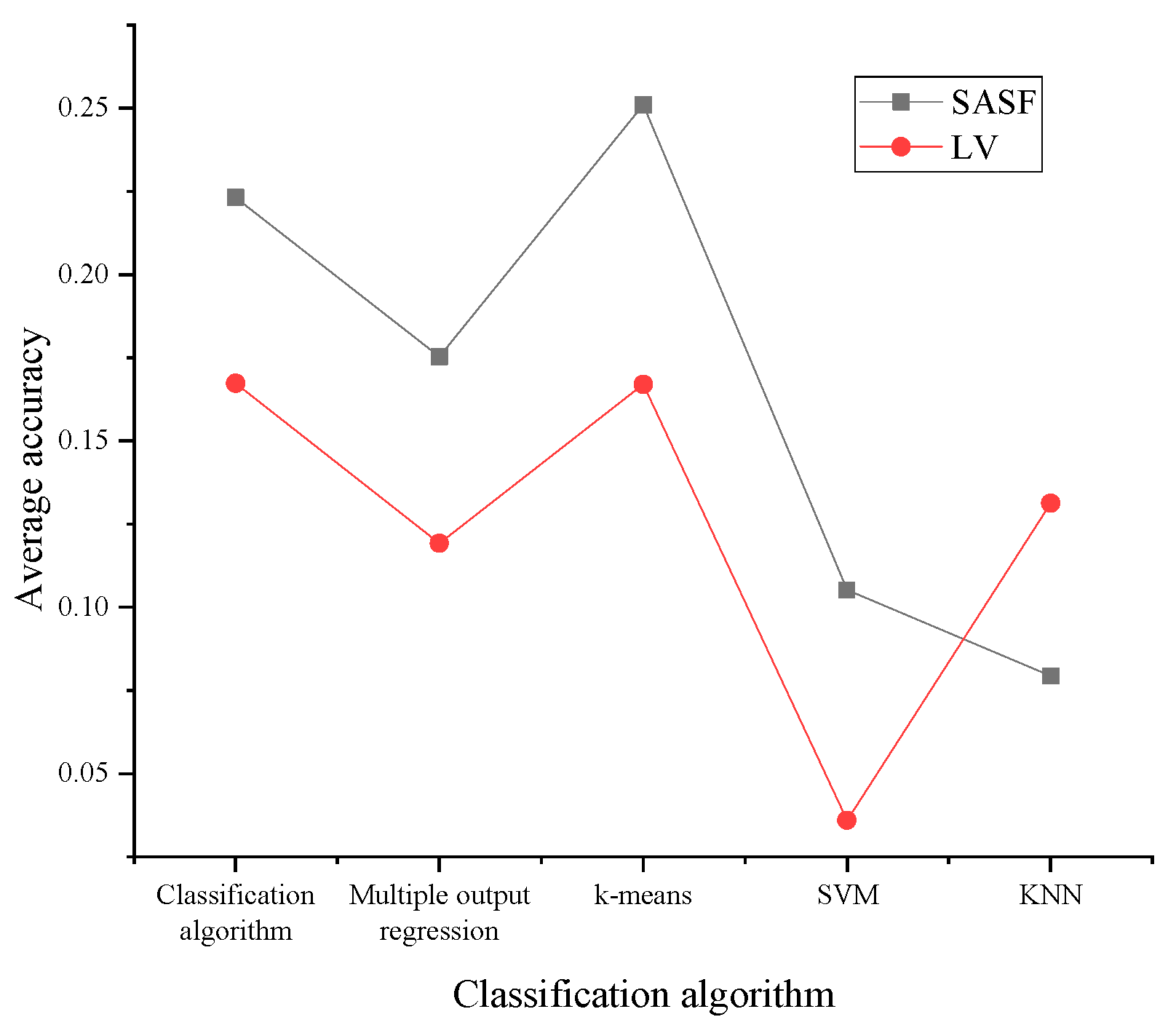
| Resource Consumption Project | Eating | Staying | Traveling | Shopping | Entertainment | Playing |
|---|---|---|---|---|---|---|
| Resources consumed by the project | Biology/ energy | Building/ energy | Building/ energy | Biology/ energy | Building/ energy | Building/ energy |
| Dataset Name | Data Content | Attribute Scale | Scenario Type |
|---|---|---|---|
| SUN | Static image | 102 | 611 |
| WWW Crowd Sub | Dynamic character image | 94 | 5 |
Disclaimer/Publisher’s Note: The statements, opinions and data contained in all publications are solely those of the individual author(s) and contributor(s) and not of MDPI and/or the editor(s). MDPI and/or the editor(s) disclaim responsibility for any injury to people or property resulting from any ideas, methods, instructions or products referred to in the content. |
© 2023 by the authors. Licensee MDPI, Basel, Switzerland. This article is an open access article distributed under the terms and conditions of the Creative Commons Attribution (CC BY) license (https://creativecommons.org/licenses/by/4.0/).
Share and Cite
Jiang, G.; Gao, W.; Xu, M.; Tong, M.; Liu, Z. Geographic Information Visualization and Sustainable Development of Low-Carbon Rural Slow Tourism under Artificial Intelligence. Sustainability 2023, 15, 3846. https://doi.org/10.3390/su15043846
Jiang G, Gao W, Xu M, Tong M, Liu Z. Geographic Information Visualization and Sustainable Development of Low-Carbon Rural Slow Tourism under Artificial Intelligence. Sustainability. 2023; 15(4):3846. https://doi.org/10.3390/su15043846
Chicago/Turabian StyleJiang, Gongyi, Weijun Gao, Meng Xu, Mingjia Tong, and Zhonghui Liu. 2023. "Geographic Information Visualization and Sustainable Development of Low-Carbon Rural Slow Tourism under Artificial Intelligence" Sustainability 15, no. 4: 3846. https://doi.org/10.3390/su15043846
APA StyleJiang, G., Gao, W., Xu, M., Tong, M., & Liu, Z. (2023). Geographic Information Visualization and Sustainable Development of Low-Carbon Rural Slow Tourism under Artificial Intelligence. Sustainability, 15(4), 3846. https://doi.org/10.3390/su15043846






